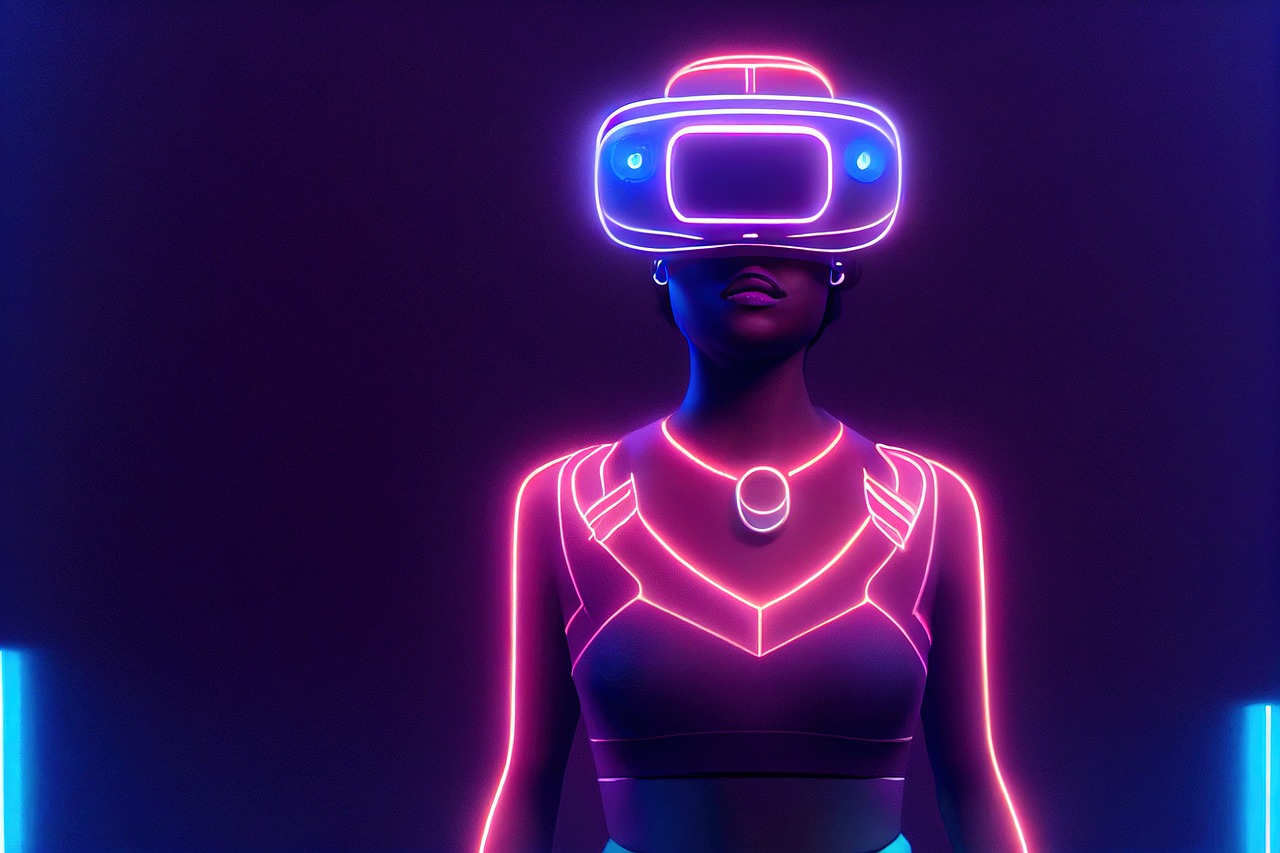Reimagining the Future: The Prominence of Virtual Reality in Performing Arts
Introduction: Delve into the captivating world of performing arts that is being transformed by the power of virtual reality (VR). This article highlights the historical context, current updates, and the significant impact of VR on performing arts, providing a fresh perspective on this emerging trend.

The Historical Context of Virtual Reality
Virtual reality, a concept that once seemed like a far-off dream, has become a tangible reality. The origins of VR trace back to the 1960s with the vision of Ivan Sutherland, who dreamt of a “window into a virtual world.” Over the years, this technology matured, and by the 21st century, it had permeated various sectors, including entertainment and the arts.
The Advent of Virtual Reality in Performing Arts
The performing arts sector began experimenting with VR around the 2010s. Early adopters used it to create immersive experiences, transporting audiences to different worlds. This marked a significant shift from traditional theater, where the audience was a passive observer. VR’s interactive nature enabled viewers to become active participants, rewriting the rules of engagement in performing arts.
Current Developments and Role of VR in Performing Arts
Today, VR technology has advanced to such an extent that it can recreate realistic environments and experiences. In the realm of performing arts, this has led to the creation of a new genre - Virtual Reality Theater. Performances like ‘Draw Me Close,’ a VR play by the National Theater, and ‘Hamlet 360: Thy Father’s Spirit’, a VR adaptation by the Commonwealth Shakespeare Company, are setting benchmarks in this space.
The Impact and Reception of VR in Performing Arts
The introduction of VR in performing arts has had a profound impact, transforming how performances are created, experienced, and shared. It has empowered artists with new ways to express their creativity and enabled audiences to engage with art on a more personal level. This shift has been mostly welcomed with excitement and intrigue, although some critics argue that it strays from the essence of traditional theater.
The Future of Performing Arts in the Age of Virtual Reality
The future of performing arts in the age of VR is promising. This technology offers a new platform for artists to push boundaries, challenge norms, and redefine the art of story-telling. Moreover, it provides an opportunity for audiences to experience art in a more immersive and personal way than ever before.
In conclusion, the emergence of VR in the performing arts is a testament to the ever-evolving nature of artistic expression. While the purists may argue for the sanctity of traditional forms, the incorporation of modern technology in art is an exciting development that promises to keep the world of performing arts dynamic and relevant in the digital age.
